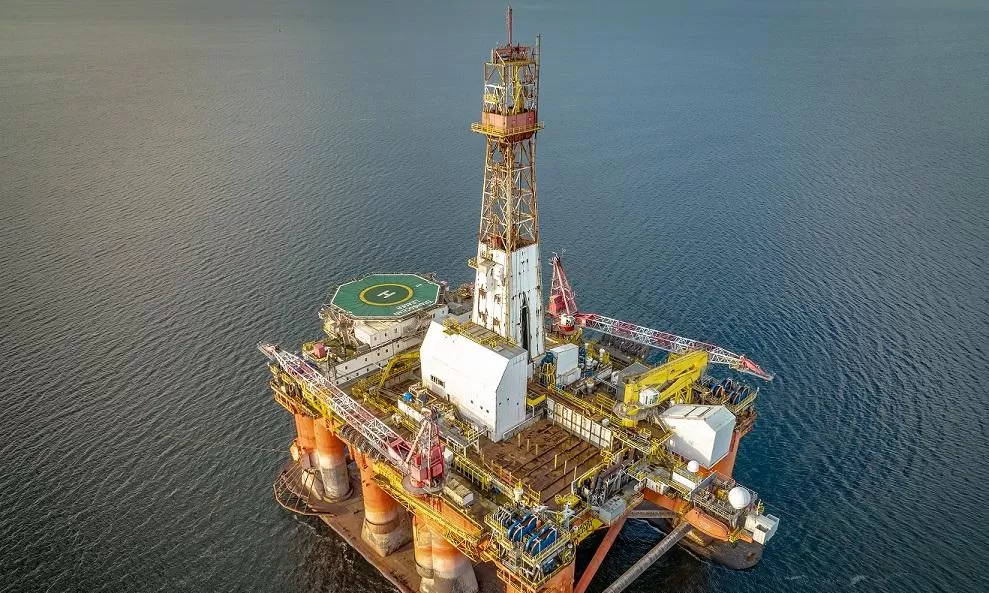
New Horizon probe captures Pluto's mysterious, floating hills
text_fieldsWashington: In yet another example of Pluto's fascinating and abundant geological activity, NASA's New Horizon has captured nitrogen ice glaciers carrying an intriguing cargo - numerous, isolated hills that may be fragments of water ice from PlutoÂ’s surrounding uplands.
These hills individually measure one to several miles or km across, a NASA statement said.
The hills, which are in the vast ice plain informally named Sputnik Planum within Pluto's “heart” are likely miniature versions of the larger, jumbled mountains on Sputnik Planum's western border.
Because water ice is less dense than nitrogen-dominated ice, scientists believe these water ice hills are floating in a sea of frozen nitrogen and move over time like icebergs in the EarthÂ’s Arctic Ocean.
The hills are likely fragments of the rugged uplands that have broken away and are being carried by the nitrogen glaciers into Sputnik Planum.
“Chains” of the drifting hills are formed along the flow paths of the glaciers.
When the hills enter the cellular terrain of central Sputnik Planum, they become subject to the convective motions of the nitrogen ice, and are pushed to the edges of the cells, where the hills cluster in groups reaching up to 20 km across.
The image measures a little over 500 km long and about 340 km wide. It was obtained at a range of approximately 16,000 km from Pluto, about 12 minutes before New Horizons' closest approach to Pluto on July 14, 2015.























